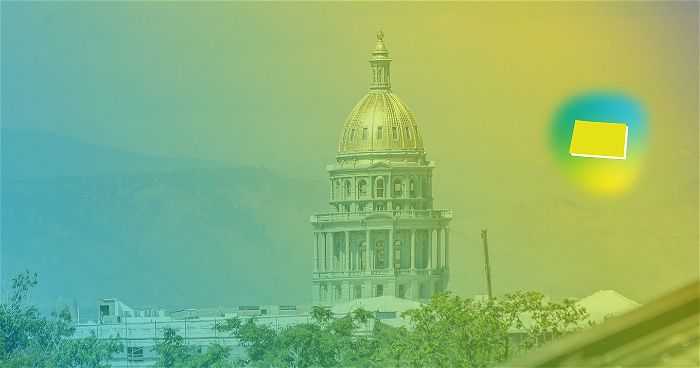Why not just continue to scale dual enrollment by admitting all the high school students who are able to enroll? For more than 20 years, JFF has been leading and guiding dual enrollment, early college, and career pathways implementation across the country and advocating for supportive policy. Now, the JFF Education practice team is acting on a frustration at the limited progress the country has made in launching Black, Latinx, and Indigenous young people and those experiencing poverty into and through postsecondary education and into a quality job with the option of additional education and the advantages of a career ladder. As we note in the Big Blur, children born into our country’s lowest two wealth groups—those with earnings in the bottom 40% of the U.S. population—graduate from college at a rate of only 11.8%, a figure that has barely budged over the last decade.
We took a deep breath and put forward a radically different way to think about what young adults need by way of education and training.
Right now, to put dual enrollment, early colleges, and similar successful evidence-based practices in place, practitioners are solving the same problems and addressing the same costly inefficiencies with each replication—nothing works smoothly. Implementers struggle with funding streams, calendars, credit hours, Carnegie Units, course alignment, curriculum repetition, and student workplace experience. On the policy front, issues may include incentives, accountability, staffing, and other rules and regulations that, if not barriers, aren’t enablers, either. The list could go on, and the categories range from trivial and yet annoying (calendars) to daunting (accountability skewed to degree completion, not careers). Couple these difficulties with the scenario playing out before us—so many high school students deciding to get a head start on college in high school for free when they are aware of the option—and the narrative leads straight to the Big Blur.
Along with holding state-level learning labs to move the conversation forward, JFF has developed a “models-on-the-ground” document that includes ideal Blur criteria in five categories: program design, student learning experience, student supports, career navigation and preparation, and employer collaboration. These build from the many excellent models that attempt to erase the distinction between high school and college and embed work experience into both with the goal of improving the prospects of a quality first job. But, importantly, these are high school-initiated programs—community colleges play a supporting role. And yet, community colleges are turning themselves into new kinds of hybrid institutions, combo high school-colleges serving thousands of 16- and 17-year-olds along with a growing population of older adults.











